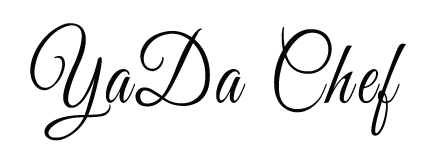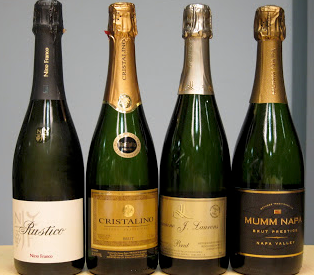Many of us call any wine with bubbles champagne. Indeed ,it is just as we call cling film Saran Wrap and tissues Kleenex. In the world of wine, only wines produced in the Champagne region of France and following the rules of méthode champenoise may be called “Champagne.”
So how do the bubbles get there? The grapes are harvested and a white wine is produced. Several types of wine may be blended. Three grape varieties native to Spain are Xarello, Macabeo and Parellada.
Tirajo is the second step – The bottle is filled with the blended wine, then a syrupy mixture of yeast and sugars is added, called licor de tirajo. The yeast causes a second fermentation to occur in the bottle. The bottled wine is then transferred to the cellar with a temporary stopper.
During the secondary fermentation, yeasts convert the sugar to carbon dioxide (which creates the bubbles). This second fermentation and bottle aging lasts for nine months at a temperature between 55 and 59 degrees Fahrenheit/ 13 to 15 Celsius.
During the second fermentation, the bottles are turned occasionally. This process is called remuage. In many wineries this is still done by hand. The turning of the bottles causes the residue to collect in the neck of the wine bottle. Only the neck of the bottle is frozen, which forces the sediment out. The bottle is re-corked immediately.
In 1991, the European Union specifications were implemented to make sure that there was a consistent quality standard for Cava. A star with four-points is printed on the base of the cork of any true cava.
Like Champagne, the sugar content varies from sweeter to drier. They are labeled with six official names as follows:
- Extra Brut – 0-6 grams of sugar per liter, the driest
- Brut – 0-15 grams of sugar per liter
- Extra Seco – 12-20 grams of sugar per liter
- Seco – 17-35 grams of sugar per liter
- Semi-Seco – 33-50 grams of sugar per liter
- Dulce – More than 50 grams of sugar per liter, the sweetest
As always, experiment and drink responsibly. A su salud.



0 Comments